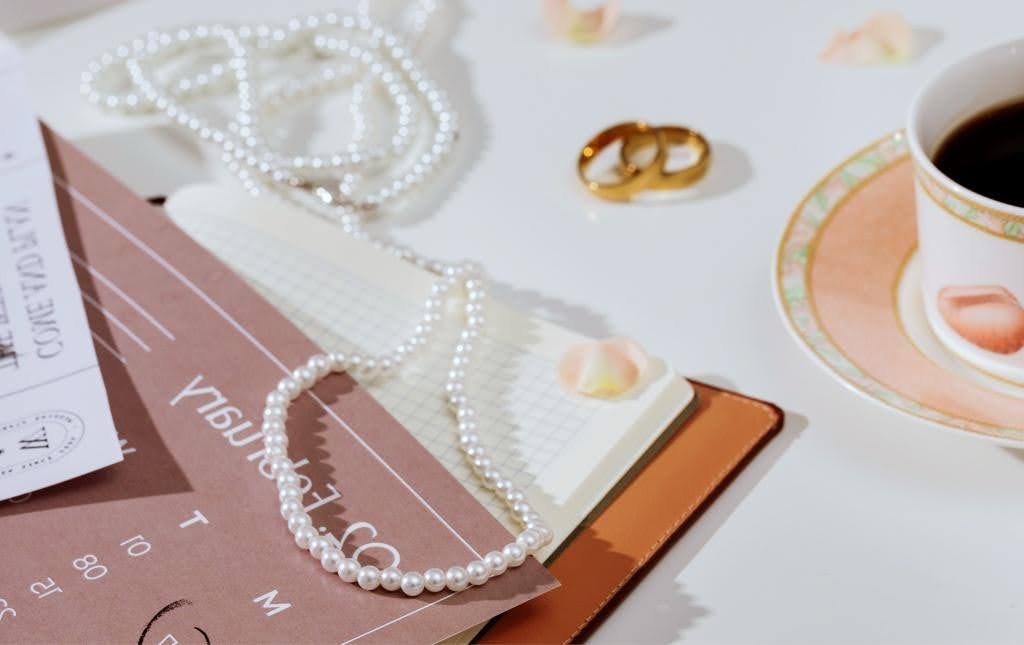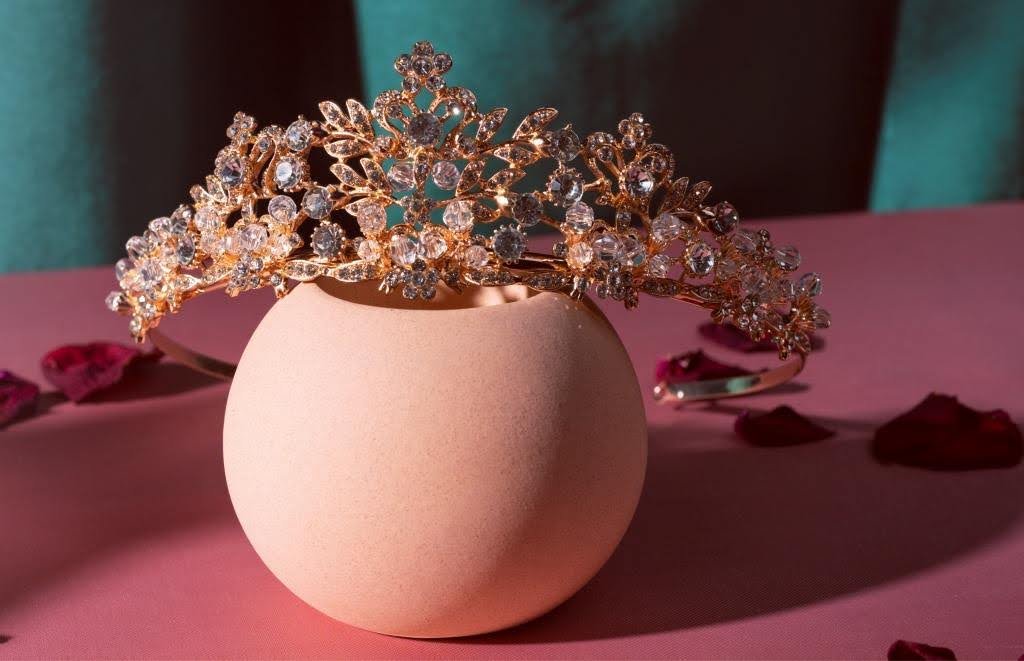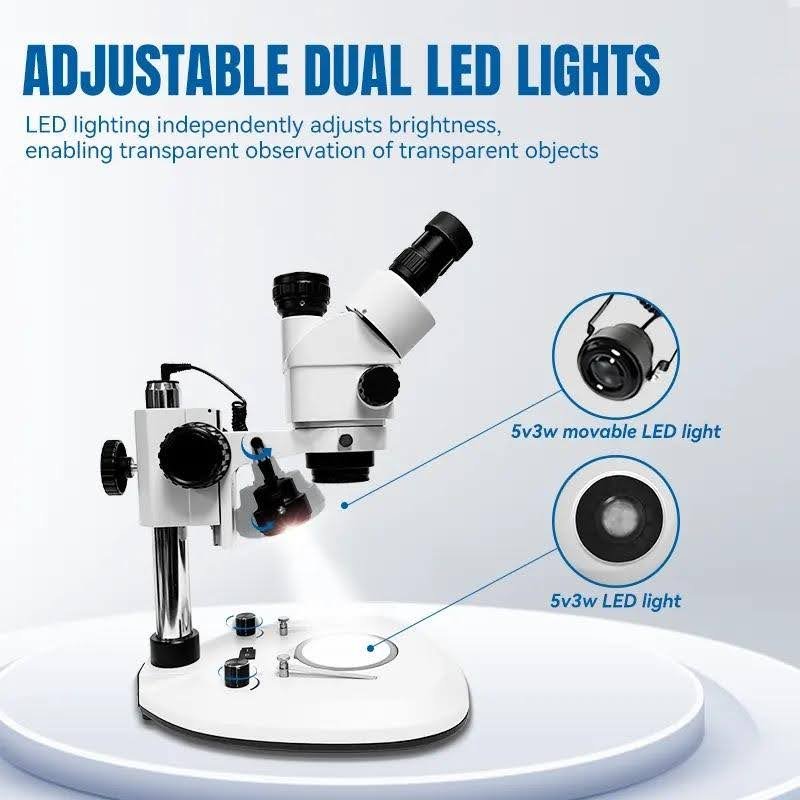In the field of jewellery and engraving, the microscope is an indispensable and important tool. In the process of carving bracelets, earrings, wood carvings and other works or inlaid gemstones, stereo microscope can be used to magnify the details of the material and observation, which facilitates the carver to carry out careful and meticulous carving. Microscope is a very precise instrument, and then tiny dust and dirt will affect us in the use of microscope observation to see the imaging, so after using the microscope, we must carefully clean and maintain the microscope, to ensure that the microscope is in the best working condition, to improve the engraver’s work efficiency, extend the life of the microscope.
What are the specific maintenance measures of the microscope? Let me take you to see it.
1.Regular cleaning
In the process of our use of microscope, even if special care, microscope will inevitably be contaminated by pollutants, such as debris, smoke, dust and so on. Regular cleaning of the microscope becomes especially important. We can regularly wipe the casing of the machine with a damp cloth moistened with ethanol or soapy water, without allowing these cleaning solutions to enter the interior of the microscope. The eyepieces and objective lenses of the microscope are more fragile and should be wiped with special cleaning products. Normally, the microscope factory manufacturers will gift dust cover, after we clean the microscope, we need to use the dust cover to cover it and put it in a box or cabinet, to ensure that the placement of the location of the well-ventilated and dry air, to reduce the probability of mouldy machine. Never put the microscope around chemical solvents with corrosive properties or in a place full of dust and smoke. We should operate the microscope on a clean and flat bench, which helps to prolong the life of the microscope.
2. Maintenance of the bulb and regular inspection
If you look closely, you will find that some microscopes are equipped with LED bulbs. The bulb helps to increase the clarity of the observed objects. Because we have some grease on our hands, we can’t touch the bulb directly with our hands to prevent the durability of the bulb from decreasing, and we must use paper towels to clean the bulb. If you have enough money, consider purchasing a few extra bulbs in reserve for use so that the bulbs can be replaced as soon as they are damaged. Be careful not to switch on the microscope when the bulb is at full light intensity. After using the microscope, switch off the LED light and allow it to cool for a few minutes before storing the machine away. This will extend the life of the bulb. Before each use of the microscope, it is recommended to check whether the plug and power cord of the microscope are intact, so as to avoid any safety problems such as leakage or poor contact during use, which may endanger the safety of the operator.
3. Maintenance of mechanical parts
In addition to expensive parts such as objectives and eyepieces, microscopes also have mechanical parts such as objective converters, eyepiece converters, stands, and load tables. During operation, these delicate parts will be moved frequently and some wear and tear or loosening may occur. To minimise their damage, lubricants can be used. How to choose the lubricant? I would advise against using a lubricant that is of too poor a quality as this may be counterproductive. If you check that the parts have a tendency to loosen, you can gently tighten them with a matching tool such as a spanner, remembering not to use too much force. The stand should be ensured to stand firmly on the table. Users are advised to read the manual carefully before using the microscope, and if necessary, they can receive relevant training to fully understand the relevant knowledge. In short, mechanical parts are very much in need of our careful care and maintenance.

4. Maintenance of objective lens and eyepiece
Objective lenses and eyepieces are two very important parts of a stereomicroscope, and they are also the two parts that are most likely to hide dirt. If the lens has dust accumulation, the function of the lens will have great damage. In order to keep the objective lens and eyepiece in good condition, the mirrors need to be inspected and cleaned regularly. When cleaning, first disassemble the mirror and lens, then carefully, gently wipe the surface of the lens and mirror with special lens paper to avoid causing scratches. It is forbidden to touch the lens directly with your hands. If the lens paper can not directly remove this dirt, you can spray a small amount of lens cleaner, and then clean. Be careful to remove the lens from the microscope when using the cleaner to avoid the cleaner penetrating into the internal structure of the machine and causing damage to the components inside the microscope. When adjusting the objective lens downwards, be careful not to let the objective lens touch the observation object to avoid damaging the observation object or dirtying the objective lens.
5. Correct Cleaning Tools
When you buy a microscope, the manufacturer will include some maintenance tools. Before repairing the machine, read the tool manual carefully and use it correctly. Some parts of the microscope may rust if the microscope is not used for a long time. So try to make sure that each microscope is checked and used once a year to prevent damage to the parts. If you encounter problems that can’t be solved, you can seek help from professional repairers or after-sales service personnel.

Summary
I believe that once you have mastered these five basic microscope maintenance tips, most of the problems regarding the use and operation of the microscope you can solve on your own. Other minor problems can also be handled properly by contacting a professional. Always remember that a clean and well-maintained stereo microscope is a prerequisite for beautiful sculptures. This can greatly reduce your production costs and is a worthwhile investment.
